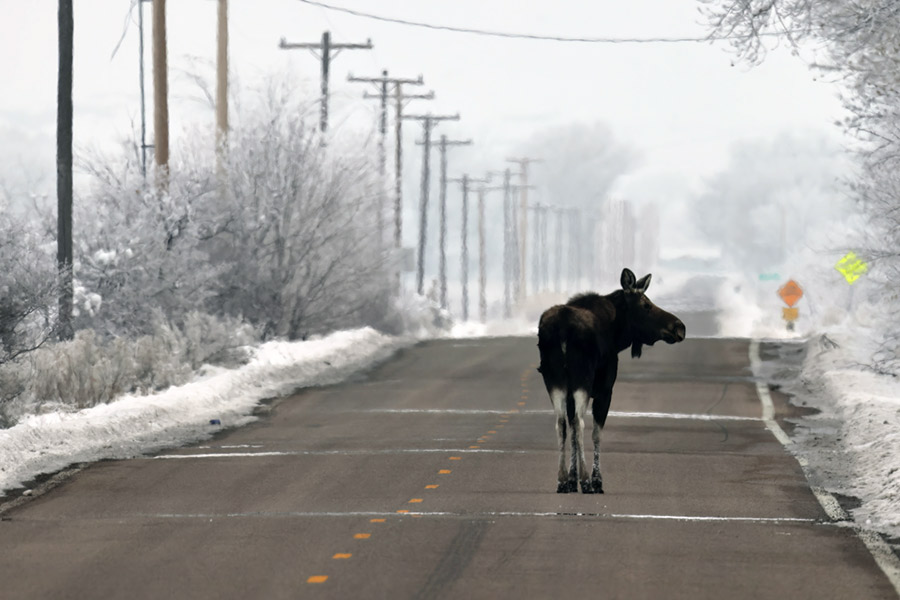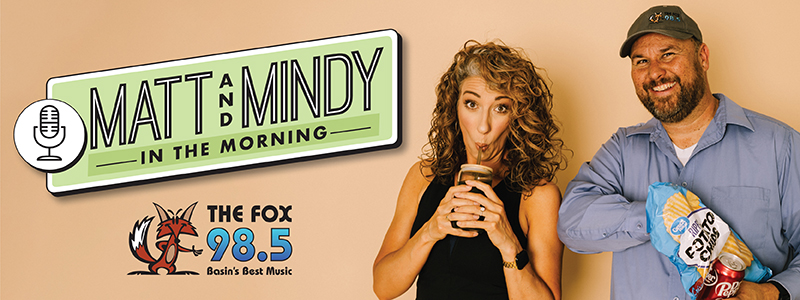The Division of Wildlife Resources has the answers to what you should do if you spot wildlife in your neighborhood. First of all, you should always keep your distance for your own safety and for the safety of the animal. “Getting too close to a wild animal can cause the animal to feel threatened,” shares DWR Big Game Coordinator Dax Mangus. “If it feels threatened, it will sometimes act aggressively to protect itself, which can be unsafe for you or your pets. However, these encounters can also be harmful for the animal. Because it’s harder for some wildlife to find food in the winter, they need to conserve their energy in order to survive. While a one-off encounter may not be fatal, repeatedly disturbing or chasing species such as moose and deer cause them to use up some of the essential fat reserves and energy they need to survive the winter.” Another important way to avoid conflicts is to make sure never to feed wildlife. Feeding wildlife can draw those animals to residential neighborhoods and roadways. It can also spread chronic wasting disease among deer, elk and moose and can cause potential harm to the wildlife from introducing foods not in their diets. Finally, any time you are injured by wildlife, you should receive immediate medical attention, if needed, and report the incident to the DWR.




